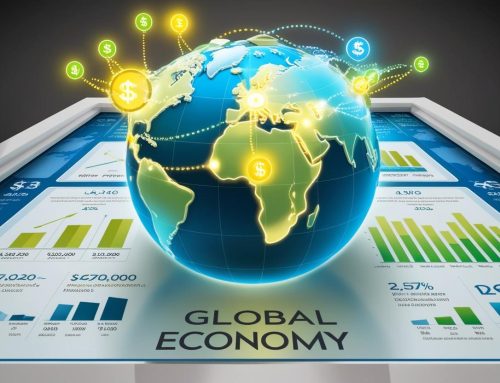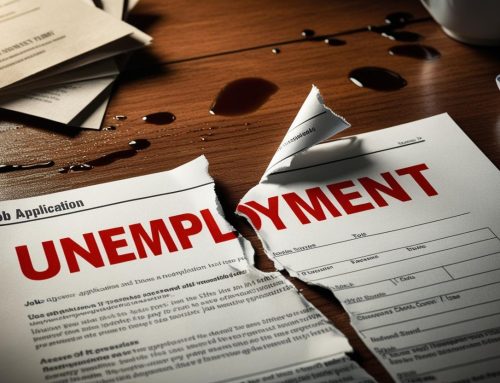December 28, 2022
World Economic League Table 2023 by Centre for Economics and Business Research (CEBR)
Highlights
- We (CEBR) expect world GDP will continue to recover. We estimate that it will amount to $102 trillion for 2022 as a whole and will roughly double to $206 trillion in 2037. But in the short term, there is likely to be a growth recession in 2023 as a result of the aftermath of high inflation in 2022.
- Driving the growth will be the continued expansion in previously underdeveloped economies as they catch up with and overtake the more traditionally rich countries.
- One of the biggest changes since last year has been our view about China. Two years ago, we expected that it would overtake the US in 2028. Last year, we moved the forecast out to 2030. We now think that it will take until 2036 for China to overtake the US economy. This revised view reflects the increased hit to the Chinese economy from the country’s zero Covid policy, and increased trade tensions between China and the West.
- Our estimate is that, if China attacks Taiwan, there is a good chance that the scale of resultant international sanctions would impair the economy to the extent that the country never manages to overtake the US. Fifteen percent of China’s GDP is exports to countries which would be likely to retaliate.
- India is now clearly on its way to becoming the world’s third economic superpower. Revised figures now show that India overtook the UK to become the world’s 5th largest economy in 2021. It has consolidated this position and is forecast to overtake Germany to become the world’s 4th largest economy in 2026 and to overtake Japan to become the world’s 3rd largest economy in 2032. By 2035, India is forecast to become the world’s third $10 trillion dollar economy.
- Indonesia, the world’s 4th most populous country, is expected to advance from the world’s 17th largest economy in 2022 to become the world’s 11th largest economy by 2037.
- Three rapidly growing Asian economies are the fastest risers in the table amongst the larger economies. Vietnam rises from 39th place in 2021 to 26th place in 2037; Bangladesh from 34th to 20th and the Philippines from 38th to 27th.
- The relative position of the European economies does not change much. In previous years we forecast that the UK would grow faster than most EU states despite the handicaps resulting from Brexit. The relatively high tax outlook for the UK now means that its growth is unlikely to exceed most other major European economies, except for demographic reasons.
- The Russian economy was 9th largest in 2022. But the aftermath of sanctions against it following the invasion of Ukraine means it is likely to fall back to 14th by 2037.
- The local rivalry between Singapore and Malaysia is likely to continue. The Singaporean economy overtook the Malaysian economy in 2015. We forecast that Malaysia will overtake Singapore again in 2027, driven by the combination of demographics and its wider economic base and will be the world’s 35th largest economy by 2037.
The latest edition of the World Economic League Table, WELT 2023, is produced by international economic forecasters, the London-based Centre for Economics and Business Research (Cebr) at a time of significant change in the world order and increasing global economic uncertainty. It is Cebr’s 14th annual world economic outlook report.
The WELT tracks the size of different economies across the globe and projects changes over the next 15 years, up to 2037.
The changes in this year’s Cebr World Economic League Table are amongst the largest we have made in the 14 years that we have been producing the report.
After about 50 years of opening up, China now looks again to be turning in on itself which is likely to hold back its performance much in the same ways as in the past. Meanwhile India now seems unstoppable in its momentum to become the third economic superpower. In 2035 we forecast that India will become the third $10 trillion economy. Although there are political factors that could hold India back, it has demographics on its side.
Although our forecast for the UK’s ranking doesn’t show any change, our underlying forecasts are much more pessimistic. Underpinning this is the expectation of much higher taxes to pay for the collapse in productivity in the public sector. Whereas before we expected UK growth to exceed that in the rest of Europe, now we expect it to be much the same.
Though we still expect the world to grow, the tone of this report is much more pessimistic than those of its predecessors. The instability evidenced by the war in Ukraine and increasing international tensions provide an unpromising background.
Kay Daniel Neufeld, Director and Head of Forecasting at Cebr said: ‘It is likely that the world economy will face recession next year as a result of the rises in interest rates in response to higher inflation. Central banks were very slow to realise the scale of the inflationary problems about which we have been warning and, as a result, the rises in interest rates and the monetary deceleration have been abrupt. The good news is that inflation should fall quite quickly, the bad news is that in many countries it will take a recession to make this happen.’
Karl Thompson, Cebr Economist pointed out: ’The date at which the US is expected to be surpassed by China in economic terms has now been postponed by six years, to 2036. This comes as growth in the US economy and the dollar has been more impressive than previously expected, while domestic developments in China make for a weaker economic outlook. Looking further ahead past our forecast horizon, it is conceivable that demographic factors could in fact eventually see the US regain its place ahead of China.’
Pushpin Singh, Cebr Economist also observed: ’India overtook the UK to become the fifth largest economy in 2021, and is poised to become the third largest economy by 2032, leapfrogging Germany and Japan in the process. A considerable portion of the jump by the world’s largest democracy is due to demographics; India’s population is set to reach 1.5 billion by the end of the century, almost double China’s. Beyond 2037, it is likely that the scale of the Indian economy will eventually rival those of the US and China because of these demographic trends.’
Source: Centre for Economics and Business Research (CEBR)
Legal Notice: The information in this article is intended for information purposes only. It is not intended for professional information purposes specific to a person or an institution. Every institution has different requirements because of its own circumstances even though they bear a resemblance to each other. Consequently, it is your interest to consult on an expert before taking a decision based on information stated in this article and putting into practice. Neither Karen Audit nor related person or institutions are not responsible for any damages or losses that might occur in consequence of the use of the information in this article by private or formal, real or legal person and institutions.






